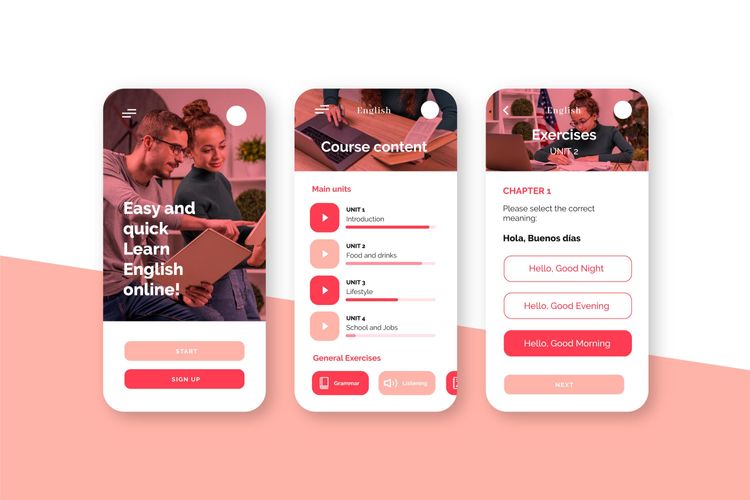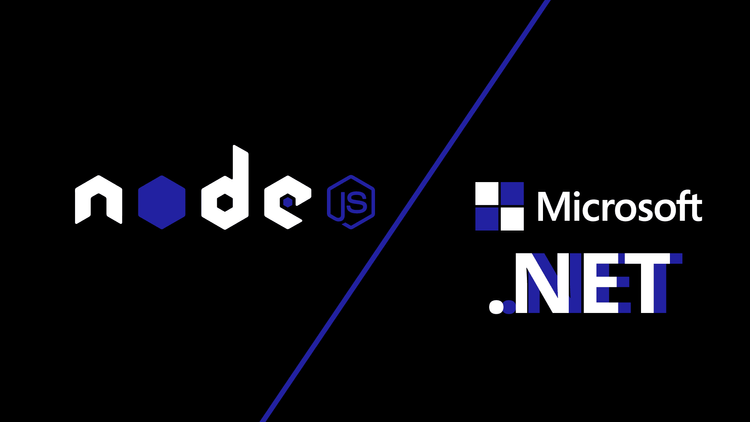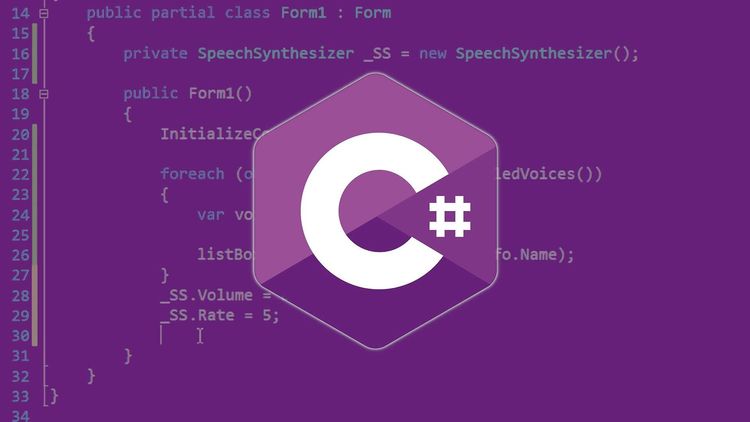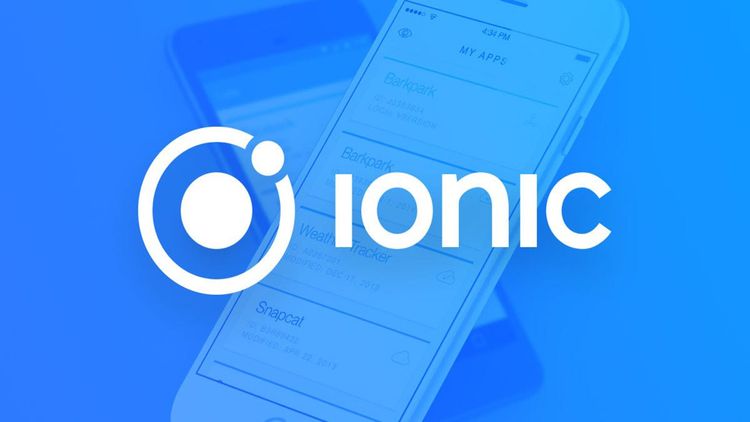Mobile application development is a discipline that has taken on great relevance in the current digital age. In an increasingly connected world, mobile applications have become an essential extension of our daily lives. From communication to entertainment to productivity, mobile apps have transformed the way we interact with technology and each other.
However, competition in this field is fierce and user demand is increasingly demanding. Developing a successful app requires more than just technical skills; It involves a deep understanding of user needs, agile adaptation to market trends and effective use of available tools. Below, we will explore key strategies for creating successful mobile applications that stand out and are successfully launched in the market.
Mobile development: Strategies to create successful applications
During recent years, the mobile application market has experienced exponential growth, characterized by a saturation of innovative proposals and projects. This explosion of creativity and technological development has created a highly competitive environment, where standing out and achieving a successful introduction has become more challenging than ever. In this context, implementing a well-planned strategy is essential to stand out from the crowd and capture the attention of the target audience.
Originality, quality and efficiency have become critical factors to consider when developing and launching a new mobile application. Originality implies the ability to offer something unique and novel that resonates with users and stands out among the overwhelming number of options available in app stores. It is no longer enough to simply replicate existing ideas; It is necessary to think creatively and look for innovative solutions that meet the unmet needs of the market.
Quality is another fundamental aspect that cannot be overlooked. Today's users have high expectations for the functionality, performance, and user experience of mobile apps. A substandard app runs the risk of being quickly ignored or deleted by users, which can have a negative impact on brand reputation and perception. Therefore, it is essential to invest in extensive testing and ensure that the app works optimally on a variety of devices and conditions.
In addition to these key factors, it is important to consider other important aspects when planning the introduction of a mobile application. This includes a solid marketing strategy that builds anticipation and increases visibility of the app before its launch. Building a strong brand and establishing an active social media presence can also contribute significantly to the perception and success of the app.
Understand and analyze the needs of your users

The first stage in this process is market research, which involves collecting and analyzing data about the user segment the application is targeting. This includes demographics, such as age, gender, and geographic location, as well as consumer behaviors and trends. Understanding who your potential app users are is essential to developing a value proposition that resonates with them.
In addition to understanding who your users are, it is also important to identify what their needs, wants, and frustrations are. What problems do you face in your daily life that a mobile app could solve? What features and functionalities would you value most in an application? Conducting surveys, interviews, and usability tests can provide valuable information about user expectations and preferences.
Once user needs have been identified, the next step is to develop a unique value proposition that effectively addresses these issues. This involves clearly defining the benefits and advantages that the application offers compared to other solutions available on the market. What makes this app different and why should users choose it over other options?
In addition to understanding user needs, it is also important to take into account market trends and technological innovations. The world of mobile apps is constantly evolving, and users expect new and exciting experiences. Staying on top of the latest trends and technologies can help keep your app relevant and competitive in the long run.
Focus design on user experience

One of the most effective strategies is to create a user-centered design, which focuses on understanding the needs, wants and expectations of the end user. This involves developing an intuitive, attractive and easy-to-use interface that fluidly guides the user through the different functions and features of the application or digital product.
By opting for features focused on simplicity and consistency, we aim to eliminate unnecessary complexity and deliver an intuitive and frictionless user experience. Simplicity in design allows users to navigate and perform tasks efficiently, without feeling overwhelmed by a complicated interface or superfluous features. On the other hand, consistency ensures that the design and user experience are consistent across all parts of the application, contributing to a more intuitive and familiar experience for the user.
Today, accessibility has also become a key principle throughout the development and design process. It is essential to ensure that the application is accessible to all users, including those with visual, hearing or motor disabilities. This involves designing interfaces that are readable and understandable for people with different levels of skills and abilities, as well as providing customization and adaptation options to address the individual needs of each user.
Take into account the most popular platforms, technologies and operating systems

When it comes to ensuring proper distribution and availability of a mobile application, it is especially important to take into account today's device platforms. With the proliferation of mobile devices and operating systems, it is essential to evaluate the advantages and disadvantages of each platform, such as iOS, Android, among others, and select the most suitable one based on the target audience and business objectives of the application.
Choosing the right platform can significantly influence the success and visibility of the application in the market. For example, iOS tends to have a more engaged user base willing to pay for apps, while Android has a larger overall market share. Therefore, platform selection should be based on factors such as target audience demographics, user preferences, and specific features of the application.
In addition to the choice of platform, it is important to employ current technologies during the development process to ensure the quality, performance, and scalability of the application. Platforms like Flutter and React Native offer significant advantages by enabling cross-platform app development with a single code base. This not only reduces development costs and time, but also makes it easier to deploy new features and updates to all platforms simultaneously.
Integrates innovative technologies and functions
Integrating innovative technologies and features is crucial to stand out in a saturated market like mobile applications. Nowadays, it is important to include features that not only solve problems effectively, but also add value to both the project and the user experience. One of the keys to achieving this is to adopt cutting-edge technologies and tools that are trending today.
One of the most relevant technologies that is gaining more and more attention is the integration of artificial intelligence (AI) tools. AI offers a wide range of possibilities, from personalizing the user experience to automating repetitive tasks, which can significantly improve the usefulness and convenience of a mobile application.
Additionally, the inclusion of augmented reality (AR) features can provide immersive and surprising experiences to users, opening up new opportunities for interaction and creativity. Augmented reality allows virtual elements to be overlaid on top of the real world, which can be used in a variety of applications, from games to visualization and education tools.
Another technology on the rise is machine learning, which allows applications to learn and adapt based on user behavior and preferences. This can translate into more accurate recommendations, pattern detection, and content personalization, improving the relevance and usefulness of the app for each individual user.
In addition to these specific technologies, it is also important to explore other innovations and emerging trends that can add value to the application and differentiate it from the competition. This can include features such as virtual reality, cloud computing, blockchain, and more, depending on the context and goals of the project.
Smart Monetization
Monetization of an application is a feature that can greatly influence its acceptance and success. Monetization needs to be approached with an approach that balances profitability with user experience. Nowadays, implementing business models such as advertising, in-app purchases, subscriptions and other options can be essential to generate revenue.
However, it is crucial to maintain a proper balance so as not to compromise user satisfaction when using the application. The inclusion of advertising, for example, must be carefully managed so as not to interfere with the user experience. Frequent interruptions or intrusive ads can result in a negative experience and loss of users.
In-app purchases and subscriptions offer an opportunity to generate ongoing revenue, but it's important to offer clear, tangible value to users in return. Premium features or exclusive content may be attractive to those willing to pay, but it is essential that these additions enhance the overall experience of the app and are not perceived as essential elements that are charged separately.
Additionally, it is important to consider implementing monetization options that do not interfere with the core user experience. For example, offering a free version with ads and a premium version without ads can be an effective strategy to meet the needs of different types of users without compromising the quality of the application.
It is evident that, to achieve the correct introduction of an application within the current market, a strategically structured plan that addresses several key aspects is required. Beyond the marketing strategy, the team of developers in charge of carrying out the task plays a fundamental role in the success of the project.
Choosing to hire professionals with proven experience in mobile application development is crucial. These developers must have deep knowledge and mastery of frameworks and programming languages relevant to mobile development, such as Flutter, React Native, Swift (for iOS) and Kotlin (for Android), among others.
A competent mobile development team not only ensures the technical quality of the final product, but can also provide innovative ideas and creative solutions to challenges that may arise during the development process. Additionally, the team's prior experience launching successful mobile apps can be invaluable in overcoming obstacles and maximizing the app's potential in the market. When selecting a mobile development team, it is important to consider not only their technical skills, but also their ability to work collaboratively, adapt to changes and stay up to date with the latest market trends and technologies, so that your project is in constant growth and updating.





















































































